Regional is a good place to be in 2018: Avinash Kaul
Avinash Kaul recently took charge as the Chief Operating Officer of Network18. In this role, Kaul will oversee the operations of all the national and regional news channels of the News18 Network that reach out to 26 states in 15 languages across India and are also present in a few other countries to cater to the Indian diaspora.
Kaul will also continue to remain the Managing Director of A+E Networks | TV18. He had joined TV18 in mid-2014 and since then has been responsible for the overall Profit & Loss responsibilities of all the brands managed by him.
Kaul’s elevation comes at a crucial time as the group transitions the entire general news network under one brand – News18 Network, India’s largest news network.
In conversation with Adgully, Avinash Kaul elaborates on the strategy behind the unified News18 Network brand, Special Projects, harnessing the power of regional, the three crucial R’s for news channels and much more. Excerpts:
What is the strategy behind synergising all news channels under one brand – News18 Network?
We had different brands under different names in News18 Network – there was the IBM cluster, the ETV cluster. The idea was to eventually merge all of them and create one single brand proposition that straddles all linear channels as well as digital and as a consequence of which we have all the 16 channels branded as News18 with the respective state’s name – thus there is News18 Rajasthan, News18 Punjab, News18 Haryana, News18 Himachal, which we transitioned over a period of time, The journey took around 18 months for rebranding all the 16 channels, starting with CNN IBN, then News18 India which was earlier IBN7. We have completed the journey and the entire network is now under one brand name.
The same is reflected on digital as well, where it is only News18.com and that’s the mothership for all the languages that we have. The 15 languages that we have are also reflected on digital platform.
Does the CNBC channels fall in this ambit?
Yes, it does fall under my purview. The general news network is News18 Network. However, the business news network continues to be the way it is, that is, CNBC TV18, CNBC AWAAZ and CNBC BAZAAR. But all are part of the same network.
You have recently brought in a Head of Special Projects. What is the emphasis and strategy behind special projects?
There are some big projects which we undertake from time to time and these are some things that will straddle across the entire network, across television and digital. There are some large properties and IPs that we will create and we need that dedicated focus. Therefore, we have made some senior level appointments.
What are your thoughts on the growth of History TV18 channel?
History TV18 is doing very well from a business perspective. It’s been the No.1 channel in the metros and in urban India for a while and it keeps moving between Discovery and History TV18. We have invested a lot of efforts and resources on creating local content. We have ‘OMG! Yeh Mera India’ with Krishna Abhishek, which is part of the local content that we are doing. We are premiering ‘Surgical Strike Part 2’, which is on Operation Myanmar carried out by the Indian Army. We had earlier done a programme on the surgical strikes carried out by our armed forces on terrorist camps in Pakistan.
We are thus creating and pushing ahead with as much original local and relevant content as we can.
Are you also looking at Tier 2 and 3 markets for History TV18 channel?
The channel is already available in Hindi, Tamil and Telugu as language options across the country. In terms of content specifically, we are looking at creating content from a national perspective because local flavours could be taken in different sense in different markets. But programmes like ‘Surgical Strikes’ are something that bind the nation together. Then there is ‘OMG! Yeh Mera India’, which talks about all the fascinating things about India and not just limited to a specific state or geography.
News channels are often under the scanner for sensationalising news in the rush for TRPs. There are concerns raised over journalists crossing the line sometimes. How is News18 safeguarding against this?
Ratings do play a vital role, but there are certain lines one needs to draw for themselves and consequences do happen. What happens is that marketers controls just 30,000 people meters spread across various homes, it’s the least common denominator which picks up the content being watched by the viewers. It varies from channel to channel and network to network. Obviously, if it’s a singular network, the chances of them going to the extreme level is probably high because there is very little control on anything else; it doesn’t have a large footprint and so they do think to get overboard. But over a period of time all the negative attention that such measures bring force the channels to observe restraint, as nobody wants to suffer a loss of reputation.
Ratings is one spectrum, revenue is another and reputation is the largest one. Reputation means credibility. If anybody goes overboard on these things, one of the R’s will get hit – either in terms of reputation, ratings or revenue. One has to keep a balance between these things; and especially for large businesses it is very critical to keep all the three R’s in line.
What are your views on the current level of talent available in News genre?
News channels have been mushrooming in the country and there are around 175-plus news channels in India today. If each one employs an X number of journalists, it does put a stress on the entire system. However, not all the channels are financially viable and many do not even last a couple of years; they are launched before a major election and two years down the line they are wound down, probably because the economics is not really fundamental and that’s not the primary business of the promoter. As a consequence there are many people who keep coming into this profession, but the maturity level of that work force is not what you seek, especially in the regional markets. I think, at national level the talent is far more mature and have been here for many years, but the regional challenges that exist also keep cropping up from time to time. This mushrooming has been there for a decade and hence, the industry does take time to mature and the developmental efforts take time.
For example, we are now available through the News18 brand and all the languages and so the job is cut out for us to improve the standard of journalism and hoping that others would follow, thereby the standards will collectively get lifted up everywhere. That’s the role that larger and mature organisations have to play.
In the past few years the regional markets have grown in a major way. How are you planning to get yourself more involved in the regional markets?
Regional obviously is a good place to be in and a lot of content investment is happening there. From the News18 perspective, we are already present in almost all the states of India. We have been the most bullish about these things and we intend to keep up that investment in those channels. As a network, we started out with international news (CNN and CNBC, CNN News18 and CNBC TV18) and have moved to local and hyper local. Everything is covered under one roof – be it English, Gujarati, Assamese, or other Indian languages.
Thanks to platforms like Jio and other networks, digital consumption of video content that we produce for our channels has really grown. We do see the merit in every aspect. Thus the consumption market for news is very big.
The consumption market for GEC content has also increased. If you look at BARC today, it does only 183 million households in India out of 295 million. Thus there are 100 million more households to be added, all of which are primarily in the rural areas and in the North-East. Markets in the West and South are more or less already saturated.
With the quality of life and everything else improving, people who cannot afford a TV set can definitely afford a mobile and can access our content regardless of where they are. It’s a very different way of looking at business, because the moment we start to look at ourselves as audio-visual news providers, then anybody in the world is a customer for us – whether literate or illiterate. Those who are literate can read the text, while those who are illiterate can listen to the video because it doesn’t take literacy as long as the person is able to comprehend the language. That’s all that matters.
What kind of investments are you doing now on your digital platforms?
There is huge amount of focus happening on the digital news footprint. The language expansion that we have already done in the linear television business is something that we are replicating in the digital sphere as well, therefore there will be a lot more focus on growing the digital footprint as well as all the languages in India. Part of the strategy is to move and converge the News18 brand to be an omnipresent brand in India.
To Read More Visit Here.



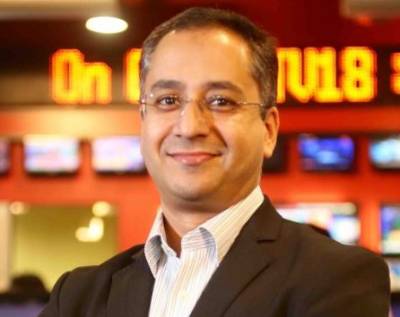
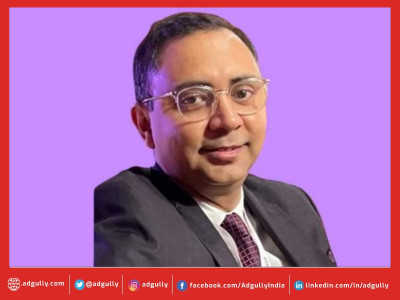
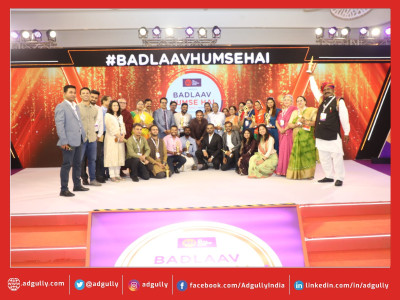

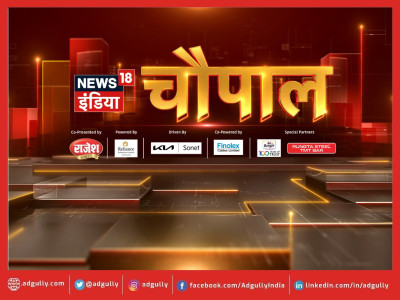
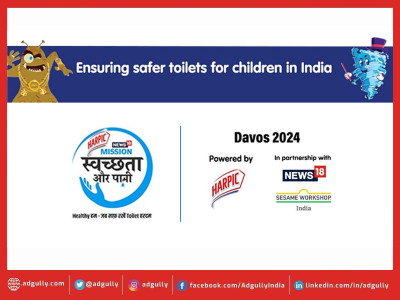
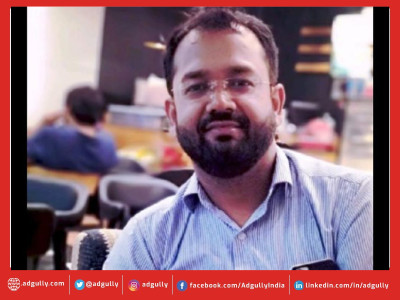
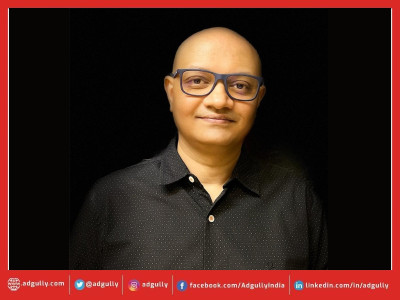
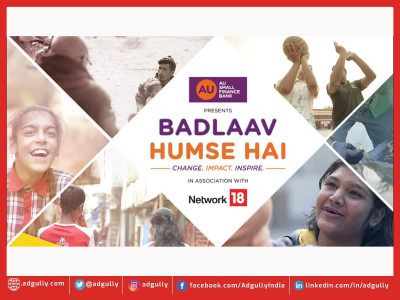






Share
Facebook
YouTube
Tweet
Twitter
LinkedIn